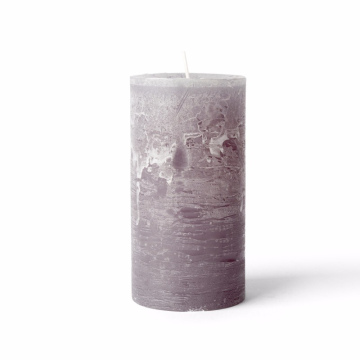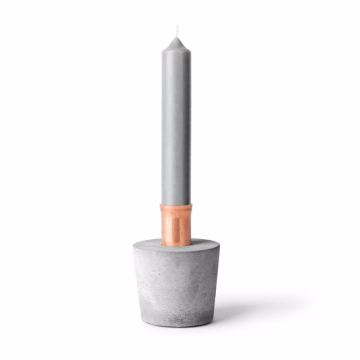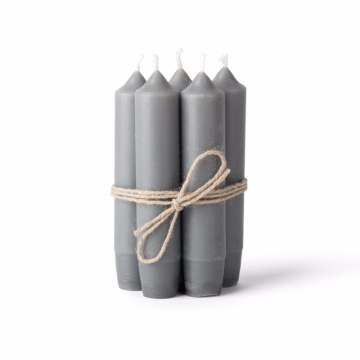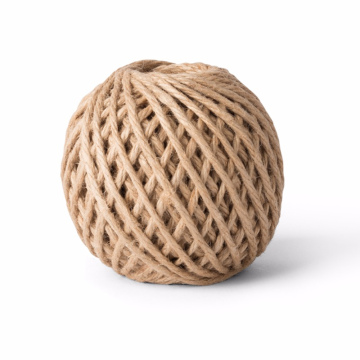Savoring Karaage
The Origins of Karaage: A Culinary Tradition
Karaage, a quintessential Japanese dish, traces its origins back to culinary practices that date as far as the Heian period (794-1185). At this time, the influence of Chinese cooking began to weave into Japanese gastronomy, leading to the introduction of various cooking techniques, including deep-frying. However, it was in the early 20th century that karaage, as we know it today, began to emerge. This transformation was partly driven by the need for quick, flavorful meals that could be enjoyed by busy families and workers.
Traditionally, karaage involves marinating bite-sized pieces of chicken in a mixture of soy sauce, sake, and ginger, before being coated in a light dusting of flour or potato starch. This cooking method not only preserves the integrity and moisture of the chicken but also enhances its flavor profile. The choice of marinades and cooking techniques used in karaage preparation hold significant cultural roots; they reflect the Japanese philosophy of emphasizing natural flavors rather than masking them. The aim is to achieve a harmonious balance between the savory taste of the chicken and the nuanced ingredients used in the marinade.
As this dish gained popularity, regional variations began to emerge across Japan. For instance, in Okinawa, the locals might incorporate local spices and techniques that reflect their unique cultural heritage, while in Hokkaido, an emphasis on freshness might lead to the use of exceptionally high-quality poultry. These adaptations illustrate how karaage has transcended its humble beginnings, evolving into a multifaceted dish that resonates with diverse culinary practices and local preferences. By appreciating the origins of karaage, one can gain insight into not only a delicious meal but also the rich tapestry of Japanese culinary traditions.
Savoring Karaage: A Culinary Journey Through Japan
Discover the rich history and culinary techniques behind Karaage, the iconic Japanese fried chicken. Tracing its origins from the Heian period to modern trends, this article explores traditional preparations, regional variations, and innovative adaptations that have made Karaage a beloved dish both in Japan and worldwide. Learn how to master the art of making Karaage with essential ingredients and frying techniques, and gain insights into how global influences and social media are shaping its future in modern cuisine.







